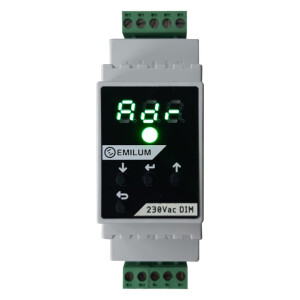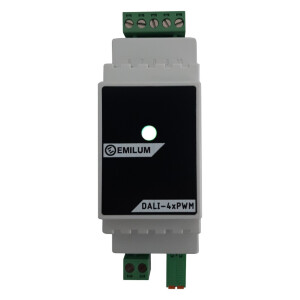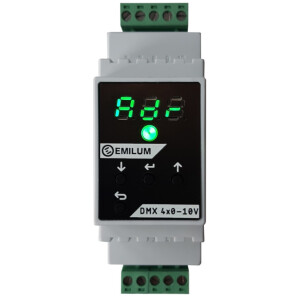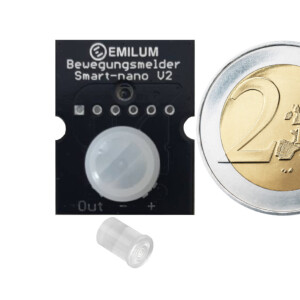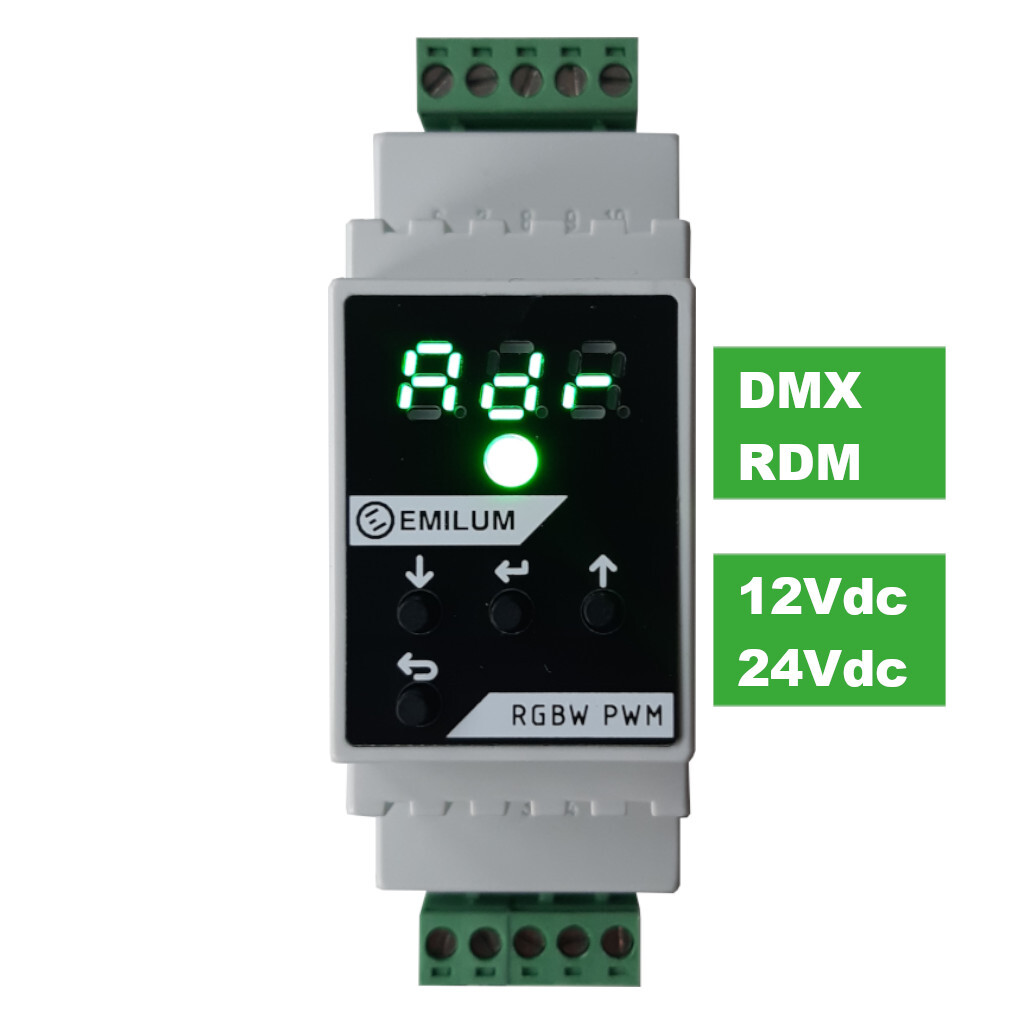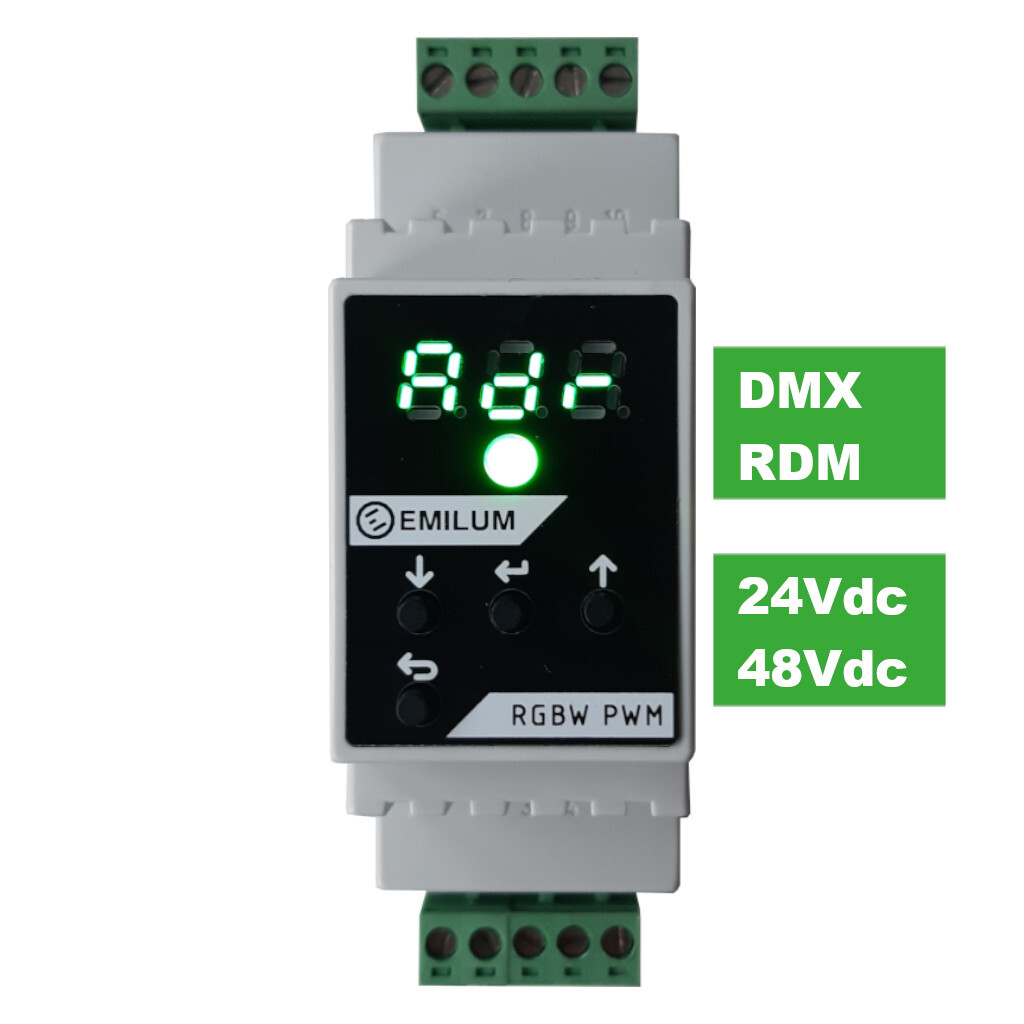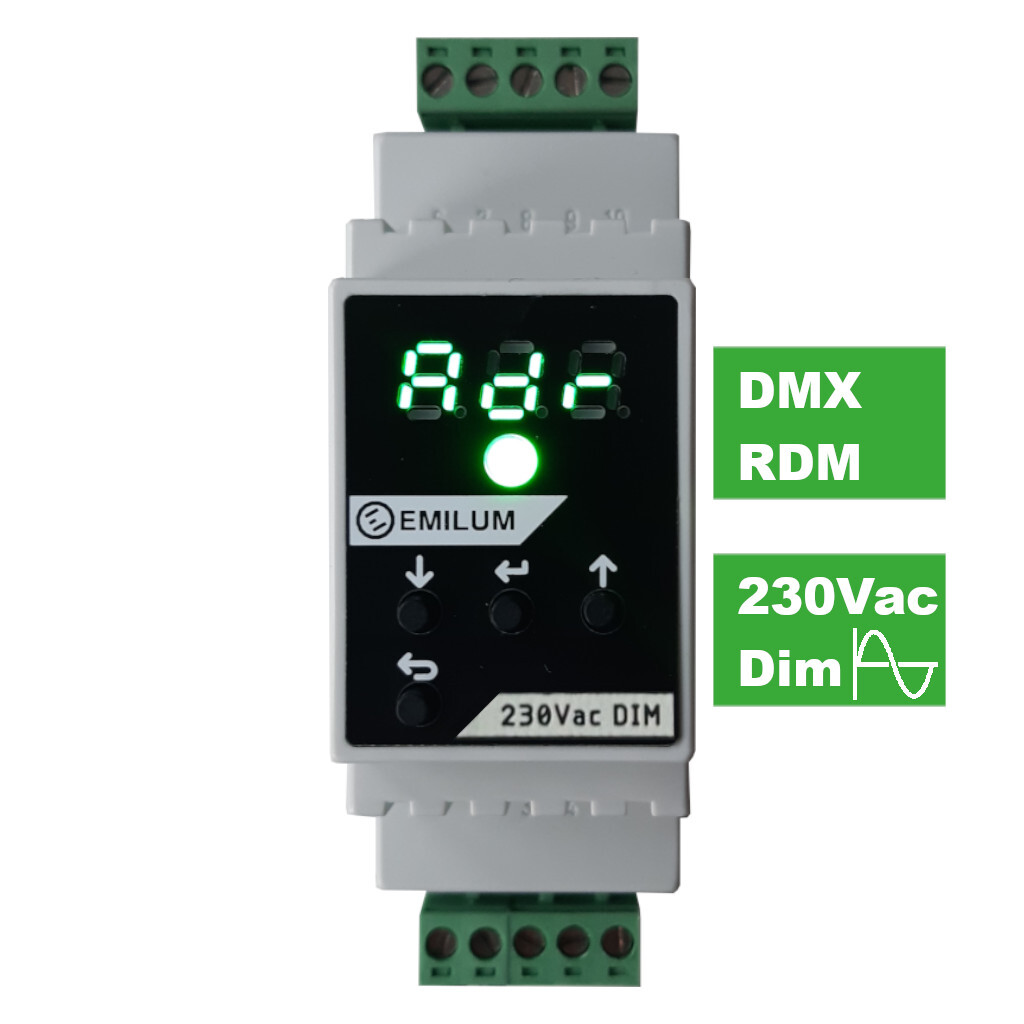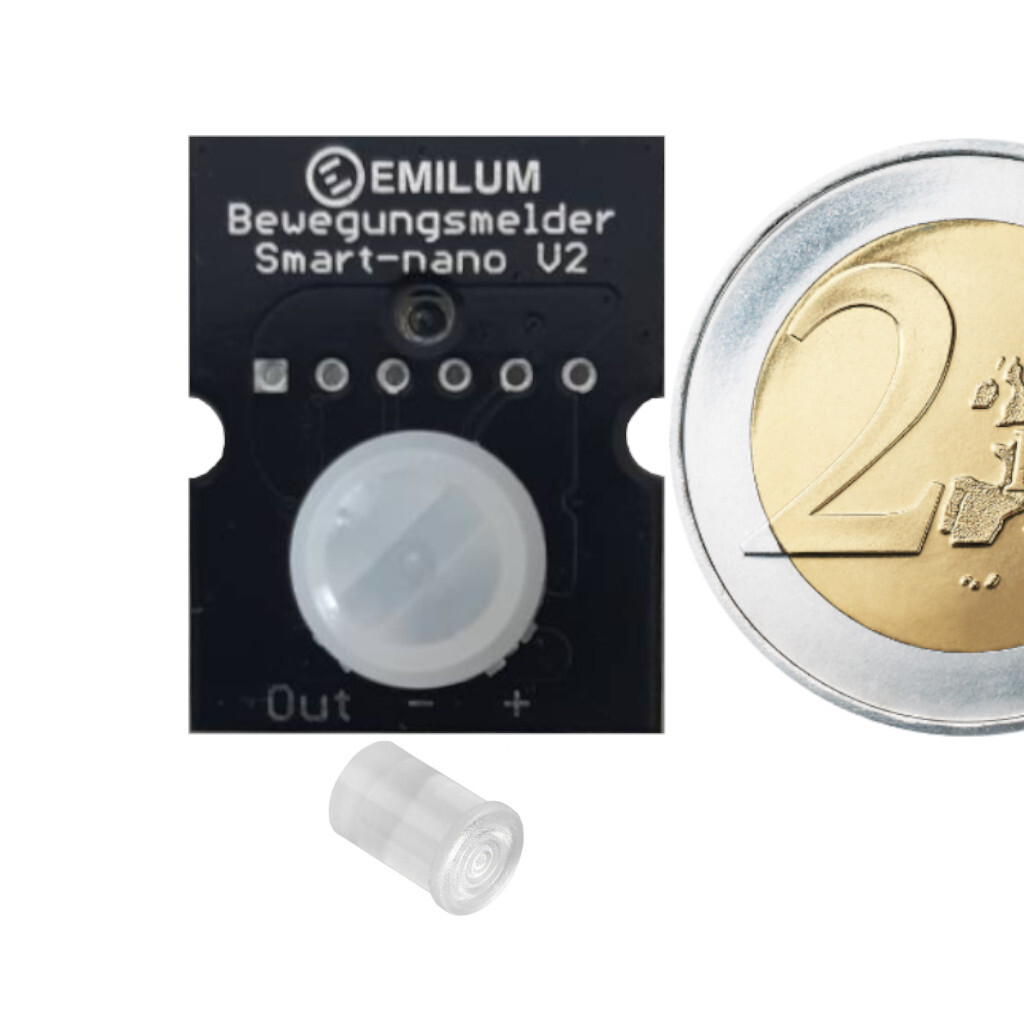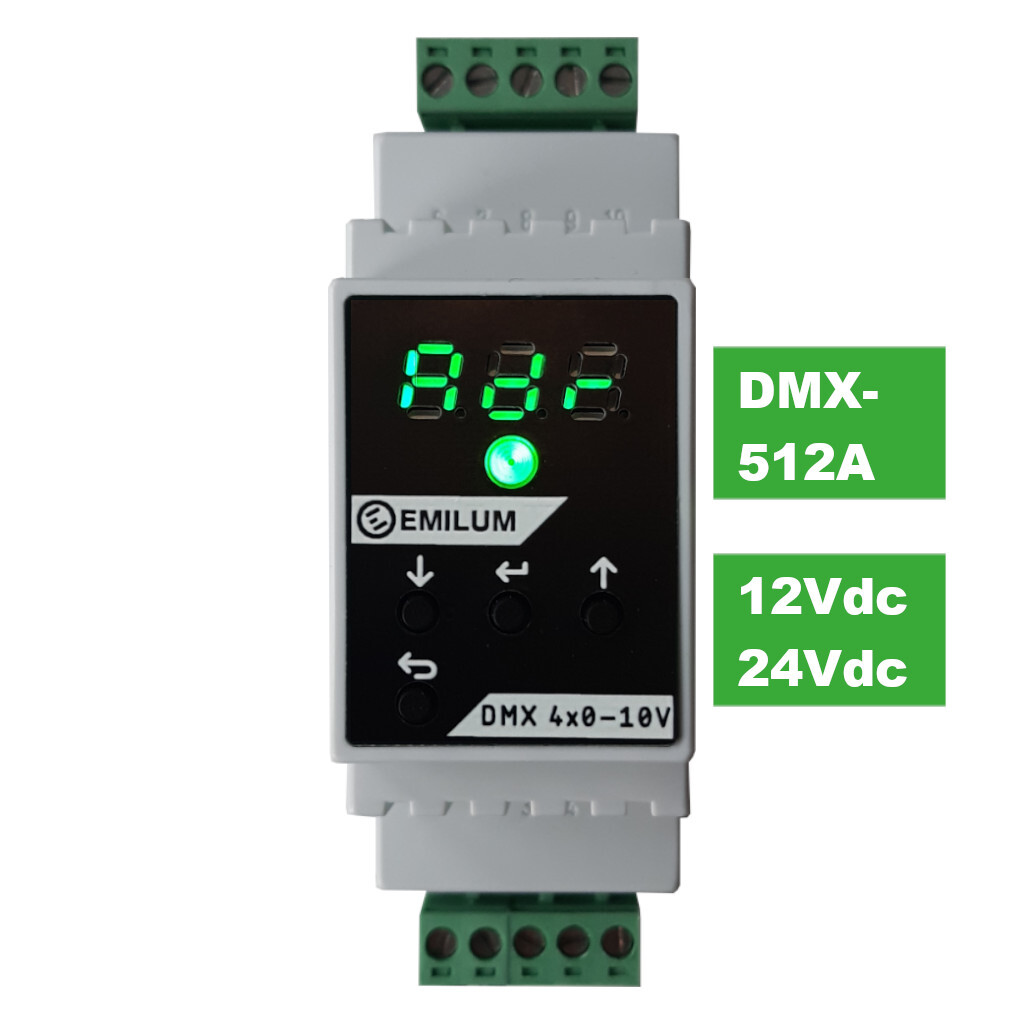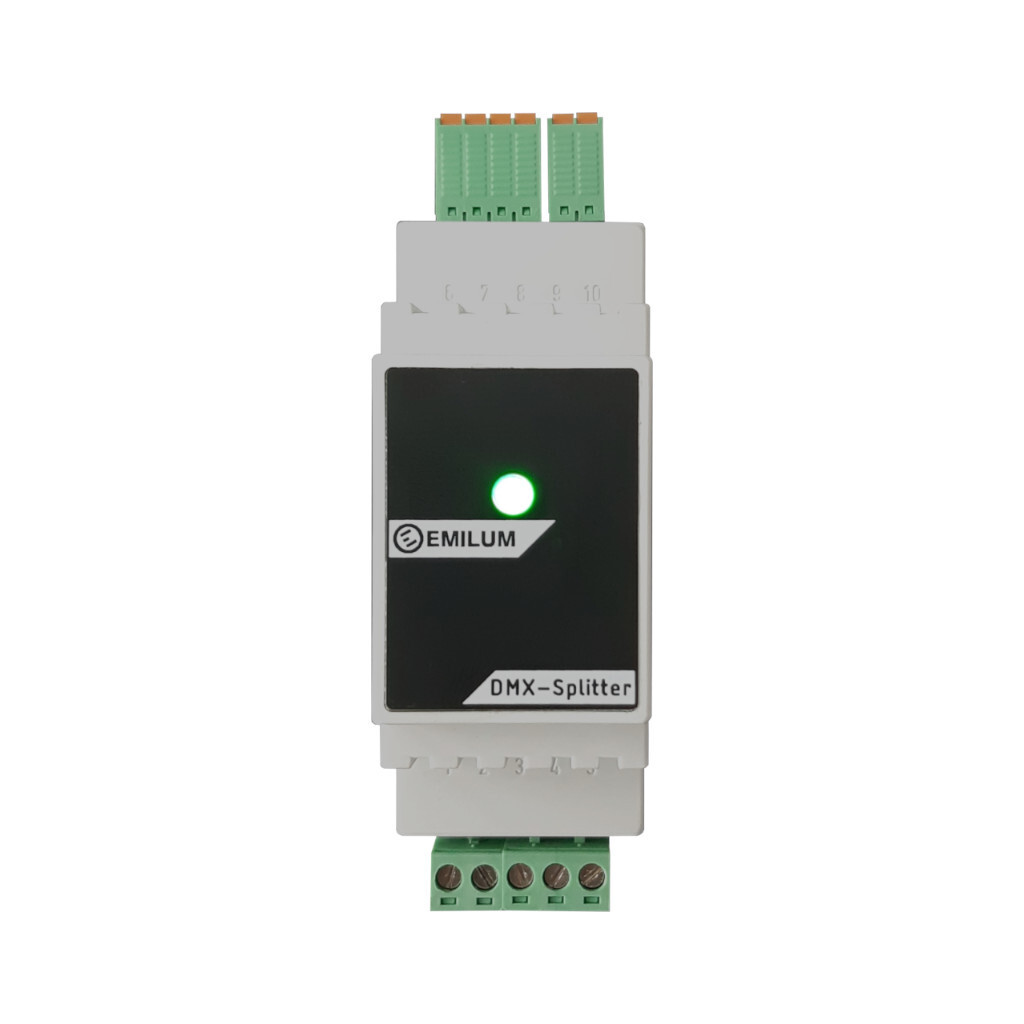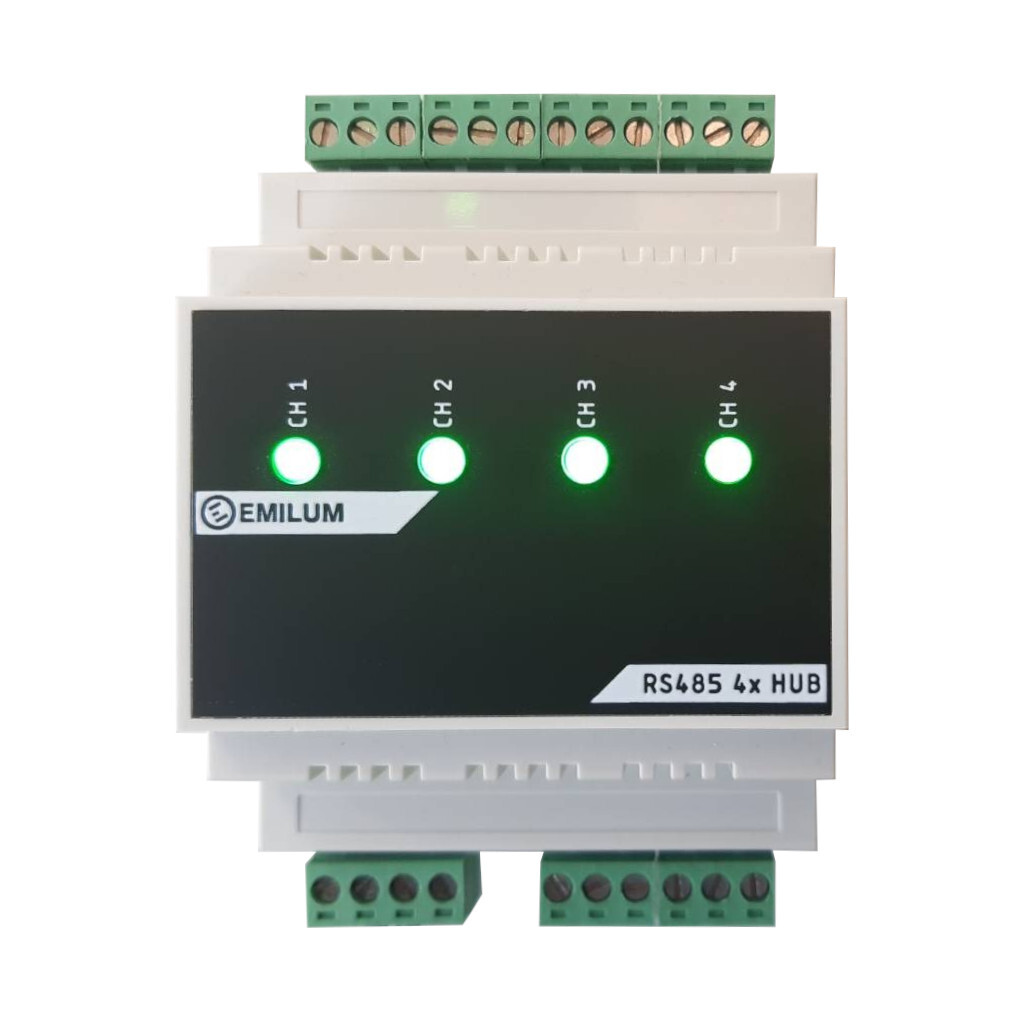LED controllers and LED control units for your home
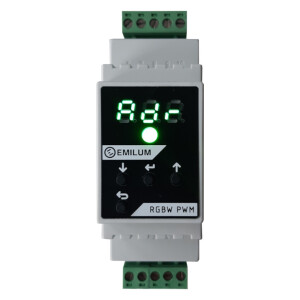
24V LED dimmer: Efficient and versatile lighting control for...
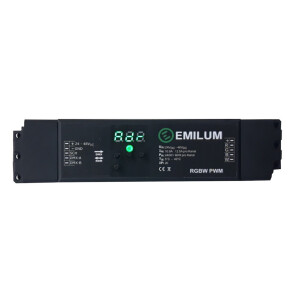
Description of DMX controller and DMX decoder With DMX...
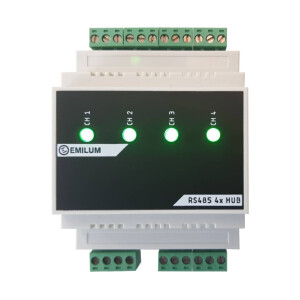
DMX Splitter: Optimal solution for your DMX installation What...
- Currently out of stock
-
Delivery time: 13 Workdays (AT - int. shipments may differ)
- Available immediately
-
Delivery time: 1 Workdays (AT - int. shipments may differ)
- Available immediately
-
Delivery time: 1 Workdays (AT - int. shipments may differ)
- Available immediately
-
Delivery time: 1 Workdays (AT - int. shipments may differ)
- Currently out of stock
-
Delivery time: 13 Workdays (AT - int. shipments may differ)
- Available immediately
-
Delivery time: 1 Workdays (AT - int. shipments may differ)
- Low stock level
-
Delivery time: 1 Workdays (AT - int. shipments may differ)
- Available immediately
-
Delivery time: 1 Workdays (AT - int. shipments may differ)
- Available immediately
-
Delivery time: 1 Workdays (AT - int. shipments may differ)
What is an LED controller used for?
The controller is used to control the LED lighting and is connected between the power supply and the light source. Depending on the model, the LED control functions go far beyond simple on/off switching, allowing you to create great lighting effects and pleasant moods:
- smooth fading when switching on and off
- flicker-free and flicker-free dimming
- adjustable color temperature for tunable white
- fine color adjustment over the entire color space for RGB and RGBW lights
- dynamic color gradient
- Time-of-day and brightness-dependent light control
The LED controller also adjusts the color, light temperature (for tunable white), color gradients and brightness of the individual lamps and, if necessary, links several lamps to zones and common lighting moods.
Which LED controller is required?
The controller must always be matched to the light source and the technology used. Above all, the number of required outputs (channels) depends on this:
| LED technology | Channels | Example |
| single-color light source or Dim2Warm | 1 | 24V LED Spot |
| CCT or tunable white | 2 | CCT LED strip |
| RGB light source | 3 | RGB strip |
| RGBW illuminant | 4 | RGBW wall light |
| RGB+CCT illuminant | 5 | RGB+CCT LED strip |
LED controllers with 4 independent outputs have become the standard. However, these RGBW controllers are by no means designed only for RGBW applications! They can also be used to operate 4 independent light circuits for single-color light sources, or 1-2 tunable white light circuits.
Some RGB controllers have three independent output channels, but these are no longer state of the art. Since RGB cannot produce good-quality white light, the trend here is towards RGBW products.
Operating voltage and power of the controllers
Make sure you install the appropriate LED controller for the supply voltage required by your light source. 24V has become the standard in modern LED lighting, so 24V LED controllers are usually the right choice. Usually, these 24V dimmers can also be used for lower voltages (e.g. 12V) without the need to purchase a separate 12V LED controller. Next, the current (unit ampere) per channel must be considered.
Example:
10m of a 24V COB CCT LED strip with a total power of 14W/m should be controlled by an LED controller. According to the manufacturer's data sheet, each channel requires 7W/m and the current is 2.9A (=7W *10m/24V). The 24V PWM dimmer with 3A is sufficiently dimensioned for this and you still have two further dimming channels available for further lighting circuits.
Since the current intensity must be taken into account, especially with LED strips , our DMX dimmers have the option of switching up to 4 channels in parallel. This means that you have 12 amps available and, depending on the model, a supply voltage of 12 to 48V!
DALI and DMX interfaces
The most commonly used interfaces for lighting in smart homes are DALI and DMX. In order to ensure that our customers are future-proof, Emilum has developed LED controllers with these interfaces and offers them in its product range.
